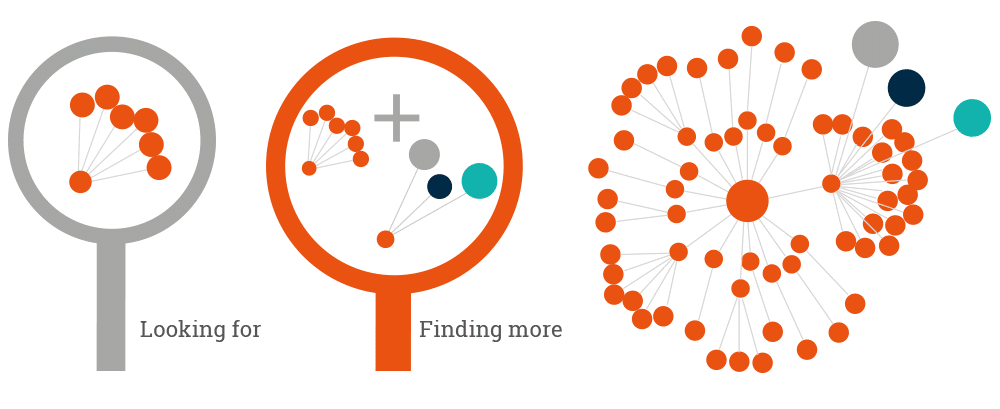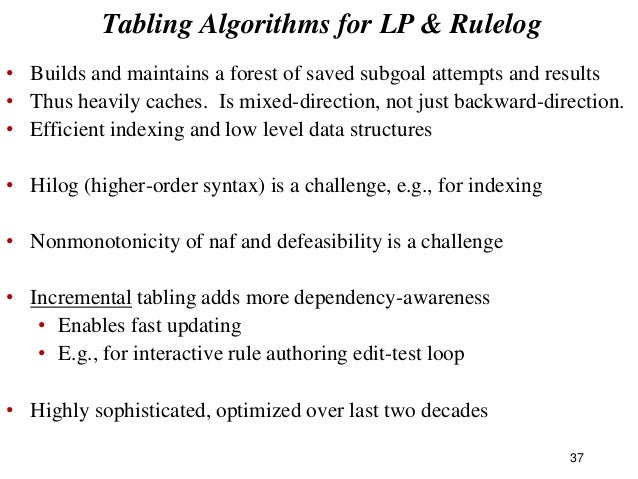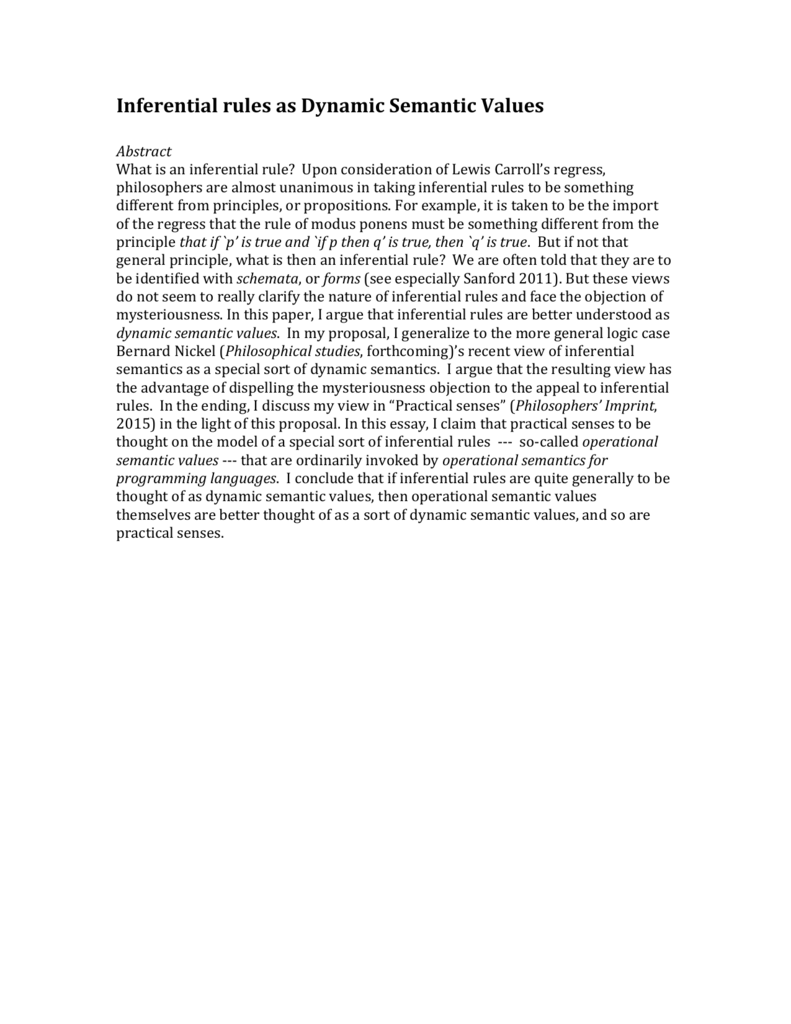
The concept does not include a culmination.Īdjunct.

Activity terms describe a situation as a constant uniform kind of action by an agent. Example: I wrote a letter vs a letter was written. A grammatical use of a verb, usually the normal use an agent is realized as subject, a theme or patient as direct object the verb is in its active form. Achievement terms are a subclass of simple change terms.Īctive voice. The preceding process or activity is not referred to, but presupposed. Achievement terms describe a situation as the culmination of a process or activity. Examples: write a letter, drive to the station.Īchievement term. Accomplishment terms describe a situation as a process or activity that leads to a specific result. Adapting the context to the needs of successful communication by adding certain presuppositions.Īccomplishment term.
#What does semantic rules examples how to#
Which says that the final expression would get its value by adding the value of the first expression, along with the value of the term on the right of the plus operator, along with specifying rules on how to get the value of an identifier expression and a term factor.Accommodation. In this case, our syntax directed definition (using synthesized attributed) would be this: E -> E1 + T

#What does semantic rules examples code#
A Syntax Directed Definition is the Context-Free Grammar that we used earlier to do our parsing (why invent a new notation, when we have a very good one already to do our job), but augmented with attributes attached to the grammar symbols, and semantic rules attached to the productions.įor instance, the Context Free Grammar of the language that contains our code above might have as production rules: E -> E1 + T

It is at this point that we arrive at the Syntax Directed Definition (also known as Attribute Grammar). What does the + operator represent? What does a represent? What does = represent (as an action)? Is the operation semantically valid (i.e you are not adding a character and a number)?įor this reason, you need to also specify the semantic rules for a language. Which are then passed on to the parser, who creates the following syntax tree: =īy now though, you have recognized that this language construct is valid and well formed, but you have done nothing to derive its meaning. Then by the end of the lexical analysis, you have the following tokens (let's assume there are actual token definitions that look like them in your language's spec, but let's keep it simple for now): INT(int) You already know, that in order to specify a language, at the lexical and at the syntactic level, you have to different constructs, and those are tokens (implemented mostly by regular expressions), which specify the lexical structure of some code, and the (context free) grammar, which specifies the structure of some code at the syntactic level (providing later phases of the compiler with a easier to handle representation - the abstract syntax tree - while doing syntactic sanity checkings itself, i.e making sure that the input is valid and not syntactically malformed).įor instance, assuming you have the following small code snippet: int c = a + 5

Well, in order for you not to be confused, you have to take things from the start.


 0 kommentar(er)
0 kommentar(er)
